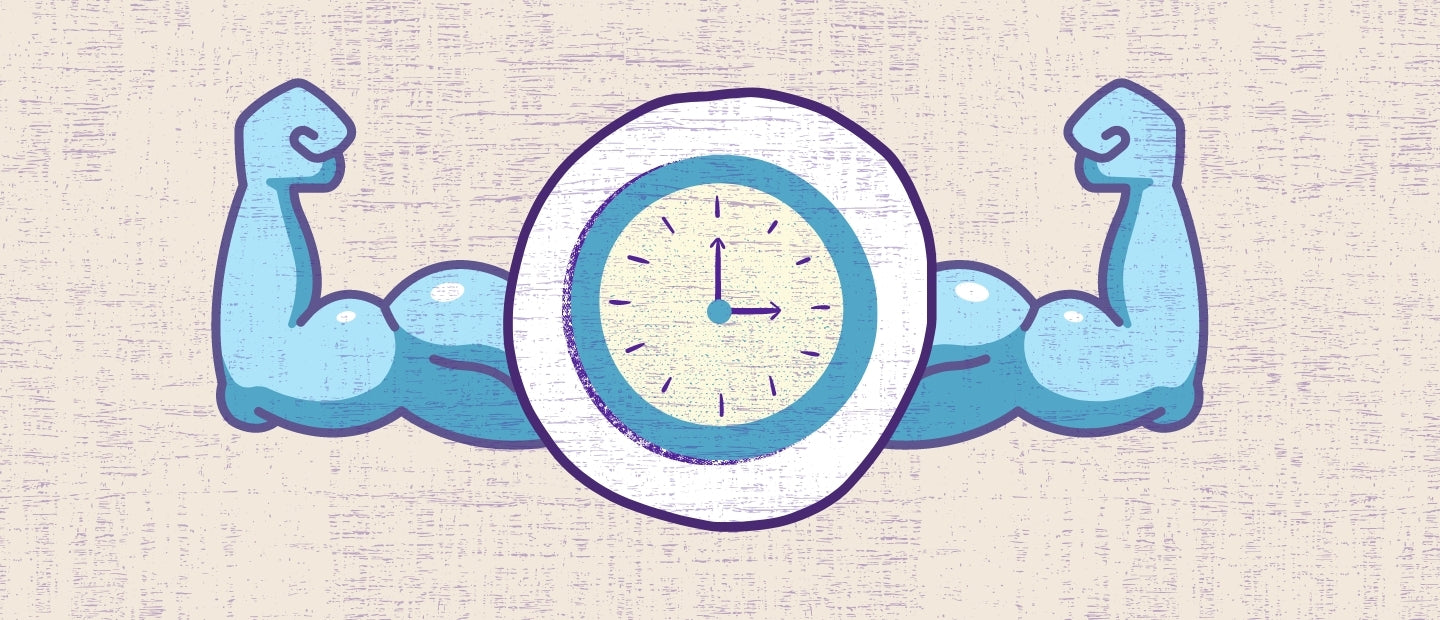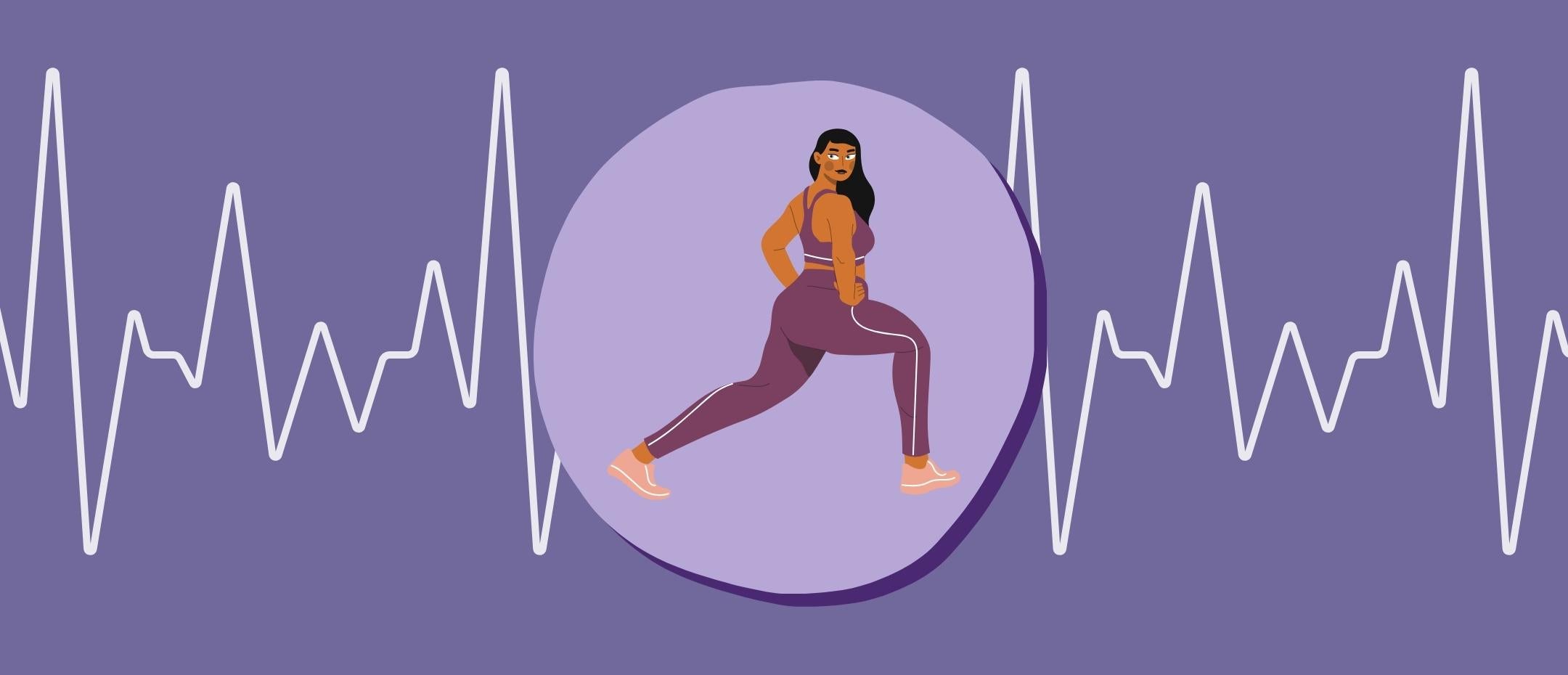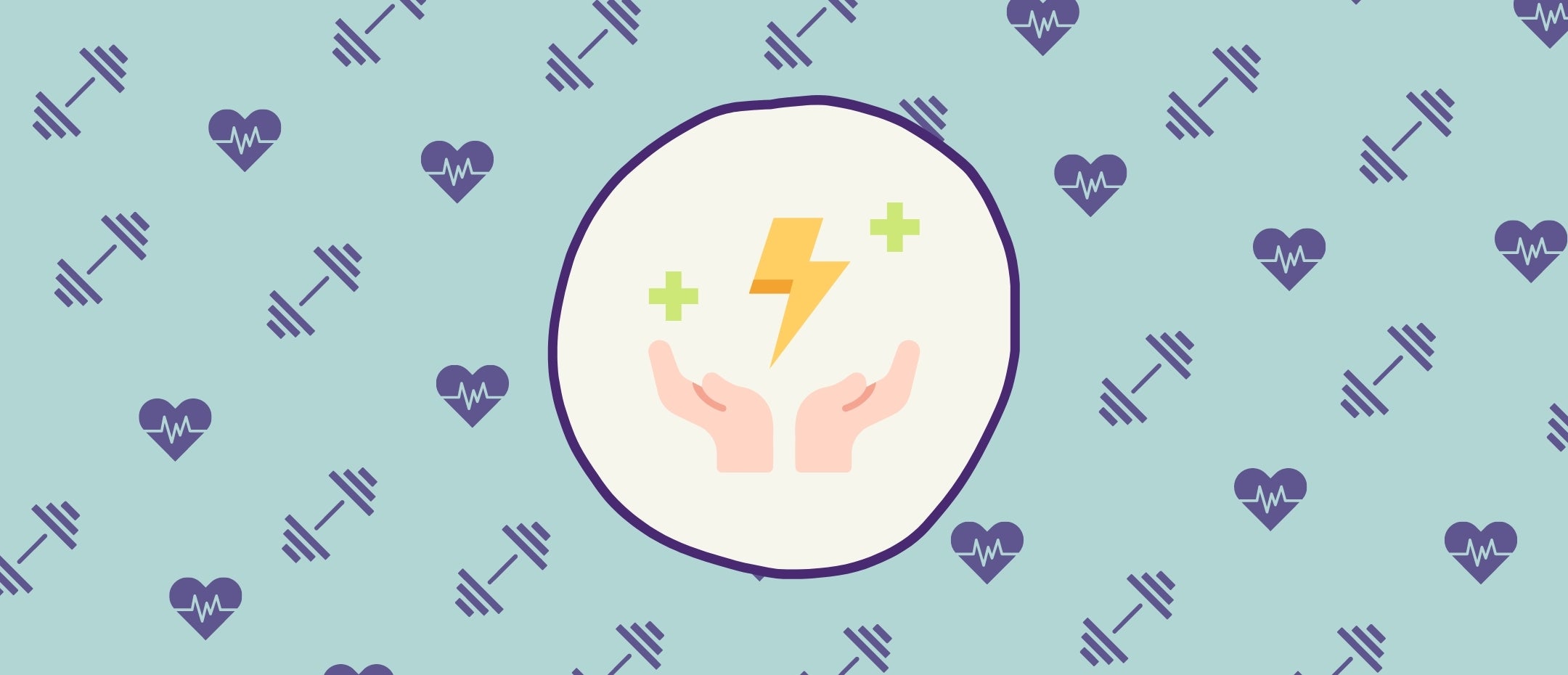Confusion around how many weekly workouts to do leads us to either do far too much or too little. Here’s how often to work out to get results from all your efforts.
When we're figuring out how often to work out when we're getting started, we have a tendency to overdo things, don’t we?
We want fast results, to convince ourselves that all this huffing and puffing is worthwhile. So what better way to get results quickly than to buy some fancy training outfits and train as hard as possible, as often as possible for as long as possible, right?
Meh. Not quite.
I'm not saying you'll get your desired results from one weekly 15-minute workout (as awesome as that would be). But we don’t need to be as gung-ho about things as you may have been led to believe.
When deciding how regularly to exercise to get in shape fast, we need to understand how to balance our training efforts with rest, sleep, and recovery.
When we talk about wanting quick results from our workouts, what we really should desire are continuous results, making progress week by week, again and again. This is what will keep us injury-free with high motivation and energy levels, so we can get fitter, stronger, and healthier.
As much as resting and NOT training seems counter-productive to getting in shape quickly, failing to factor in enough recovery time and adequate sleep will lead to disappointing results, possible injury, and eventually giving up completely, finding ourselves back at Square One.
Balancing Exercise and Rest/Sleep - Me As Exhibit A

Whether we're into weight training, running, calisthenics, or whatever, we need to figure out the following:
-
How often to exercise
-
How long to exercise each time
-
How intensively to exercise
-
How much rest we need between workouts
Let's use me as an example. I am into weightlifting. Yesterday I finished an already tough workout with 3 sets of 30 squats, which, I must admit, I am still mildly traumatised about!
By the end of that third set of squats my calves, thighs, feet, back and even my face (!) were screaming in pain. That was an intense workout, which lasted an hour. I train like this every three days.
Why 'only' every three days though? Well, I could not mentally or physically complete that workout again today or even tomorrow. I am sore, and my central nervous system is tired from the mental effort of training that hard.
I need to make sure my muscles have time to recover and repair themselves (allowing me to get stronger), and make sure I get enough sleep.
So I'm not training again for another two days. This recovery is just as important as the workout itself.
If I DID try to train that way every day then my progress would stagnate. Why? Because without appropriate rest the muscles can't recover in time for the next workout, so:
-
my workout performance suffers
-
injury becomes increasingly likely
-
my fatigued central nervous system causes depressed mood, irritability, and insomnia
.
If my workouts were much shorter (say 15-20 minutes) and much less intense (no bloody sets of thirty squats for a start!) then I could absolutely train more regularly and still see those fast, continuous results we want. It’s all about the balance.
The same concept would apply with aerobic workouts like running or cycling. We could really push ourselves with a long-distance (high intensity and workout length) but we're going to need a day or two to rest, getting enough good quality sleep, and recover sufficiently before trying that same run again.
With a shorter, less intense, or slower run, we could easily go again the following day without our progress or our bodies suffering.
So How Many Weekly Workouts Do We Need?

Now we understand this necessary balance between training, recovery, and sleep, it’s obvious that the first question shouldn’t necessarily be “Should I workout three times a week?”, or six times or whatever.
The number of weekly workouts required comes from understanding how long our workouts will be and how hard we’ll be training. The longer and more intense our workouts are, the fewer times per week we should be doing them.
Realistically most people weight training at an average intensity (pushing themselves a little bit outside their comfort zone each time) will get results from 2-3 workouts per week of 45-60 minutes.
If we want to train more often, for social or mental well-being reasons, workout length would need to decrease, or we can focus on specific body parts in each workout so that each body part still gets adequate rest on a weekly basis.
For those who are training more for aerobic/cardiovascular fitness, again the distance covered and intensity needs to be balanced.
We want to preempt injuries by managing our exercise workload, rather than the injuries forcing us to take a break. As such, 3-4 weekly workouts at a medium intensity and length (essentially one day on, one day off) is ideal. Obviously, as our fitness and tolerance increase, what constitutes ‘medium’ intensity and length will increase too.
Why Rest and Recovery Are Part of the Plan
No matter what we’ve chosen to do training-wise, we need to recognise that adequate rest is just as important as adequate exercise. Resting is not a bad thing or a case of ‘not wanting it enough’, it is part of the plan!
Allowing the body to recover between workouts means we are ready to go next time rather than having to drag ourselves to the gym or outside like a tired teenager who doesn’t want to go to school!
Similarly, getting enough sleep by going to bed a bit earlier and managing your sleep environment properly isn’t ‘boring’, it’s actually vital for mental and physical recuperation, and getting those quick and continuous results from our workouts that we want and need to stay motivated.
So, to shoe-horn in an obligatory Star Wars reference before I finish, as much as Yoda talked of bringing balance to the Force, we need to be our own Yodas bringing this balance to our workout regimes. Workout AND rest you must.










